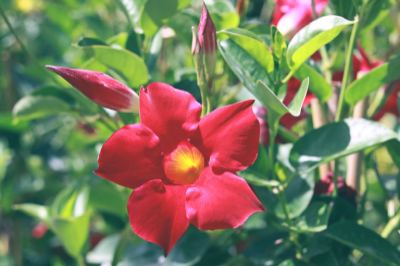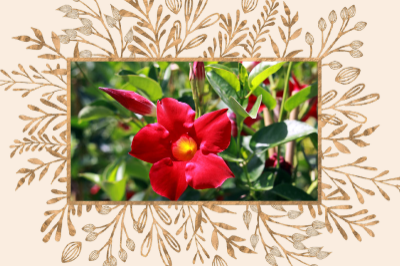Where to Plant My Mandevilla
Mandevilla plants are rapidly growing. After eliminating any other reason that slow growth, transfer them into a larger pot. They require acidic soil that has a good balance of organic matter. It is possible to amend the soil by adding compost to it and feeding it twice a month with a balanced, liquid fertilizer. The plant likes slightly drier soil, however it can be watered frequently. To ensure that the plant is humid it is possible to moisten the leaves.
When choosing a place for your plant, make sure you select a spot with enough sunlight. Although mandevilla can tolerate some shade, it will not flower as well if the shade gets too high. Mandevilla can be moved under the roof of your patio or shade tree in summer. Make sure that the soil is draining well to avoid root rot. A heavy soil could kill the mandevilla plant. Choose a loose, well-drained soil that is full of organic matter.


